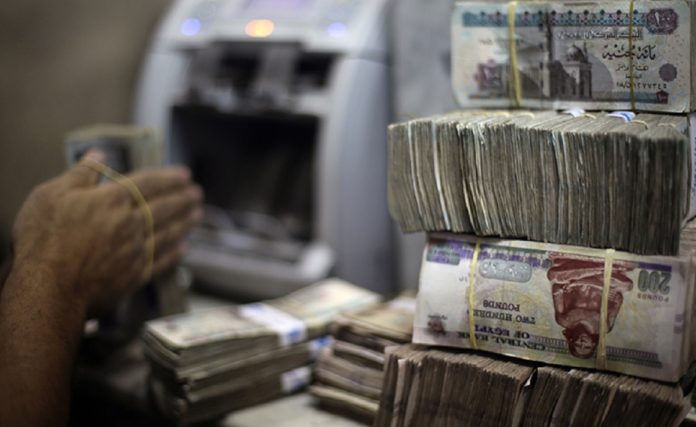S&P praised and expressed its understanding that the central bank kept out of its announced Capital reserves record most of the hot money ($8 billion until September 2017). Given the seriousness of the nature of this money and its possibility of exit at any time, accordingly the central bank does not calculate its value in announcing reserves and this is a very positive point.
Foreign investment institutions and funds enter the Egyptian market to buy Egyptian treasury bills offered by the government to cover budget deficit, these institutions benefit from the high profitability of these permits, that ranges from 16% to 19% according to its due dates. The positive side in this investment is that it increases the confidence in the reforms and the strength of the economy and its reputation globally and raises the flows of foreign currency into the market. The negative side of this investment is that these institutions can withdraw from the market upon permits expiration, which are characterised as short-term between 3 months and a year, their exit in a short time can trigger a shake in the monetary system of the economy. It is well known that the Egyptian society and the public opinion were busy after November 3, 2016, with the issue of “hot money” and the panic and anxiety of many citizens, media and experts, so this information eliminates these fears. Thus, when the money is saved and not accounted for within the official reserves, it is almost impossible to have any unpleasant surprise in the case of withdrawal of these institutions.
On the other hand, these institutions will not withdraw from the foundation and the likelihood of their withdrawal is very weak and almost impossible because the financial and monetary system in Egypt is stable and reforms are succeeding and things are improving. This money was previously withdrawn under different circumstances when the revolution broke out and expected consequences of anarchy trigered its flight.
The Egyptian economy is now much better than 2011 and therefore it is not permissible to compare it to the circumstances 6 years ago.
We will discuss the low public debt ratio for the first time in 7 years and its direct relationship with the Standard & Poor’s positive report. The monthly bulletin of the Central Bank of Egypt for September 2017 report.












